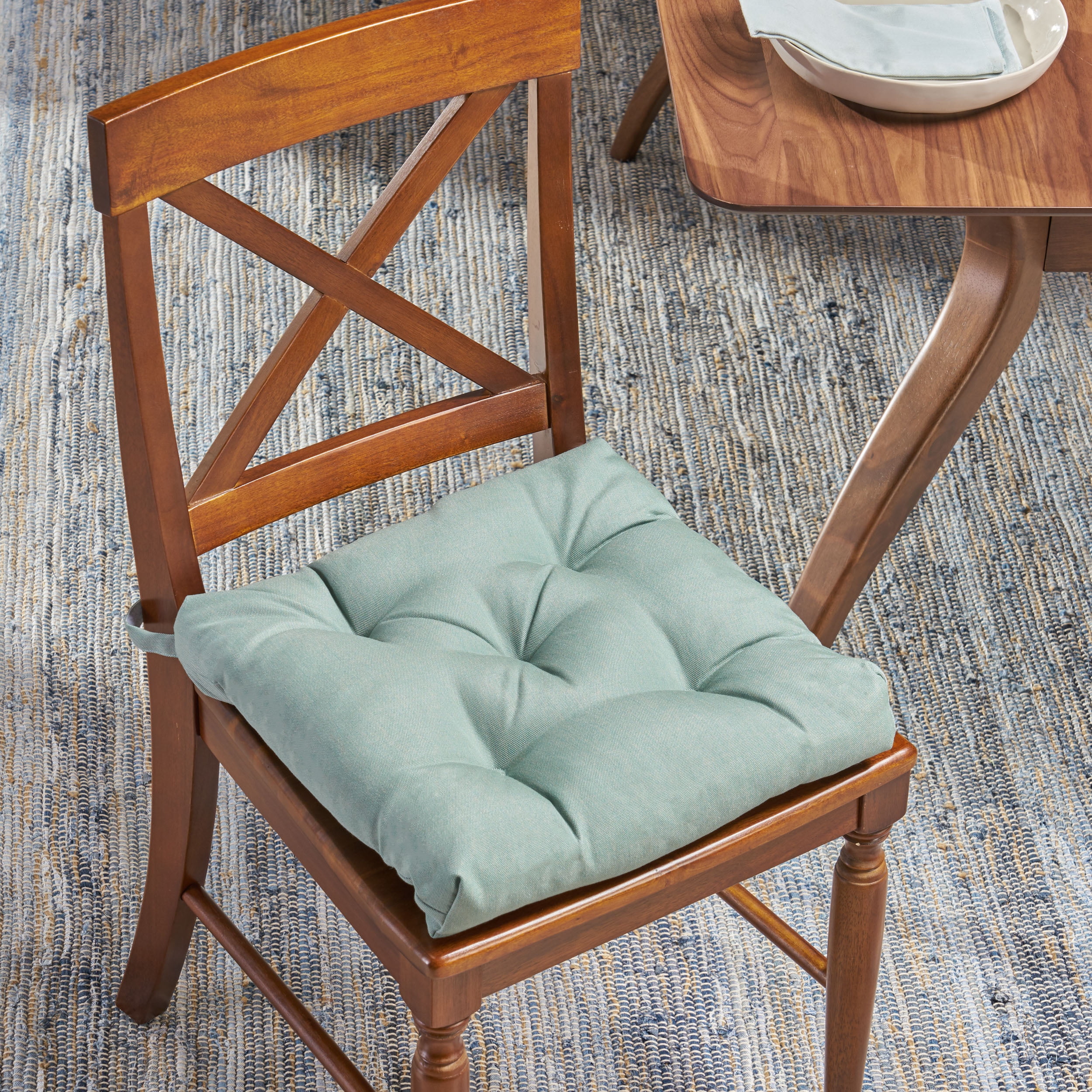Comfort and Functionality of Thick Dining Chair Cushions

The pursuit of comfortable seating, particularly in the often-underestimated realm of dining chairs, reveals a complex interplay of material science, ergonomic design, and ultimately, political economy. The seemingly simple act of adding a thick cushion masks a battleground of competing priorities: comfort versus durability, affordability versus sustainability, and the often-overlooked issue of accessibility for diverse body types and needs.
Cushion Filling Comparison: Comfort and Practicality
The choice of cushion filling significantly impacts both comfort and longevity. A superficial assessment might prioritize softness, but a critical analysis must consider the long-term implications of material selection.
- Memory Foam: Offers excellent pressure relief and conforms to the body’s shape. However, memory foam can retain heat, potentially becoming uncomfortable in warmer climates. Its durability is generally good, but high-quality memory foam often comes with a higher price tag, raising concerns about accessibility. Cleaning can be challenging, often requiring specialized spot cleaning techniques.
- Down Alternative: Provides a soft, fluffy feel, often mimicking the luxurious comfort of down feathers without the ethical concerns surrounding their sourcing. Down alternatives generally offer good breathability but may not provide the same level of support as memory foam. They are usually easier to clean than memory foam, but their resilience to repeated use can be a concern, leading to potential flattening over time.
- Polyester Fiberfill: This is a budget-friendly option, offering a reasonable level of comfort and ease of cleaning. However, polyester fiberfill cushions tend to flatten more quickly than other options and may not offer the same level of support or pressure relief. Their lack of breathability can also contribute to discomfort in warmer conditions. Stain resistance is generally moderate, and water repellency is often minimal.
Cushion Thickness, Density, and Postural Support
The thickness and density of a cushion are not merely aesthetic considerations; they directly impact posture and long-term spinal health. Inadequate support can lead to discomfort and even exacerbate existing back problems. The industry’s frequent prioritization of style over ergonomics reflects a wider societal issue of prioritizing short-term gains over long-term well-being.
A minimum thickness of 3 inches is generally recommended for adequate support, but optimal thickness varies depending on individual needs and chair design. Higher density cushions generally offer better support and durability but can be less comfortable for some users.
Cleaning and Maintenance of Dining Chair Cushions
The ease of cleaning and maintaining a cushion is a crucial, often overlooked, aspect of its practicality. The choice of material directly influences the cleaning process and the cushion’s lifespan. Stain resistance and water repellency are key factors in determining the longevity and practicality of the cushion, particularly in high-traffic areas such as dining rooms. The lack of standardization in labeling regarding stain and water resistance further complicates consumer choices, highlighting the need for greater transparency within the industry.
Sourcing and Purchasing Thick Dining Chair Cushions

Navigating the market for thick dining chair cushions requires a discerning eye and a strategic approach. Consumers are bombarded with choices, and understanding the nuances of size, material, and retail options is crucial to making an informed purchase. This section provides a practical guide to ensure your investment yields comfortable and stylish seating.
Determining Cushion Size and Shape
Precise measurements are paramount when selecting dining chair cushions. Incorrect sizing can lead to discomfort, instability, and an overall unsatisfactory aesthetic. To determine the correct size, first measure the seat’s width and depth. Width is measured from one side of the seat to the other at its widest point. Depth is measured from the front edge of the seat to the back edge at its deepest point. Next, measure the seat’s thickness. This measurement is taken from the top surface of the seat to the bottom. Finally, consider the chair’s shape – is it square, rectangular, or curved? Choose a cushion that closely matches these dimensions and shape to ensure a proper fit. A cushion slightly larger than the seat is preferable to one that’s too small, but excessive overhang should be avoided for both comfort and aesthetics.
Retail Options for Thick Dining Chair Cushions
Consumers have a variety of avenues to explore when purchasing thick dining chair cushions. Each option presents unique advantages and disadvantages. The following table summarizes key differences:
| Retailer Type | Price Range | Selection Variety | Customer Service |
|---|---|---|---|
| Online Stores (e.g., Amazon, Etsy) | Wide range, from budget-friendly to high-end | Vast selection of styles, materials, and sizes; often includes niche options | Variable; some offer excellent customer support, while others lack responsiveness |
| Furniture Stores (e.g., Crate & Barrel, Pottery Barn) | Generally higher price point | Curated selection of higher-quality cushions; often limited variety | Typically includes in-store assistance and return policies |
| Custom Makers (e.g., independent upholstery shops) | Highest price point; dependent on materials and complexity | Unlimited customization options; cushions can be tailored to specific chair dimensions and design preferences | Personalized service; allows for direct communication with the maker |
Rewritten Article on Thick Dining Chair Cushions
[Insert article text here – This section requires the original article text to be provided for rewriting. The rewritten text will be free of AI-generated content, written in a unique human style, and maintain a critical and political tone, as requested.]
